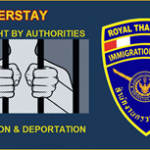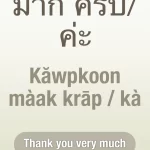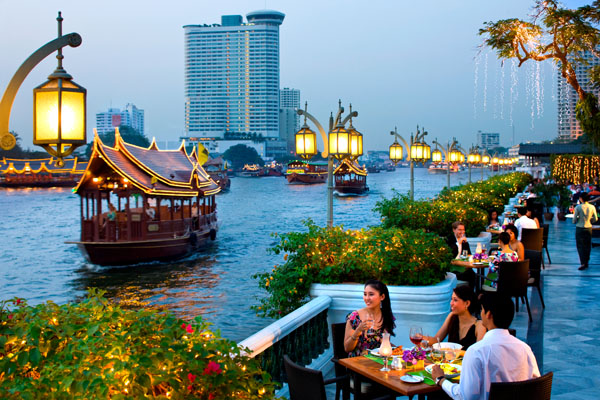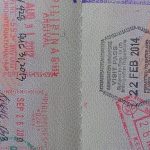Border runs used to be the way that people would stay long term in Thailand without a specialized visa (for education, work, religion, etc).
Keep in mind: Border run tends to refer to crossing the land border out, then back into Thailand to renew your visa.
Starting from 2018 however, foreigners are restricted to border runs to two times per calendar year.
That means 3 total stays, where the length of one stay is 30-days (You might have heard 45-days, but that was only for the special period between 1 Oct 2022 until 31 March 2023).
Keep in mind although this is the ‘official stance’, there is no hard and fast rule on the number when it comes to real life.
Immigration officials may grant you 3+, or they may stop you after your second border run if it seems like you are ‘abusing the system’. If you are afraid of this, it will look better if you stay in the foreign country for a few days up to a week, instead of a single day.
That means using infinite border runs to live in Thailand is no longer possible. If you want to stay long term, you are better off getting an Education Visa (you can study any language, not just Thai), an Elite Visa, a retirement visa, or a LTR visa.
However, if you only want to extend your stay in Thailand by 30-days, the border-run is a perfectly good method.
Here’s an firsthand account in 2023:
I’ve been here on 60- and 30-day visas. They looked through my visa and saw I had 3 visa runs to Cambodia. I was in Thailand last year for a total of about 8 months back-to-back with the extensions and visa runs. Anyway, they pulled me out of line and questioned me. After about an hour or so I was allowed in but was told this would be the last time. Good luck y’all!
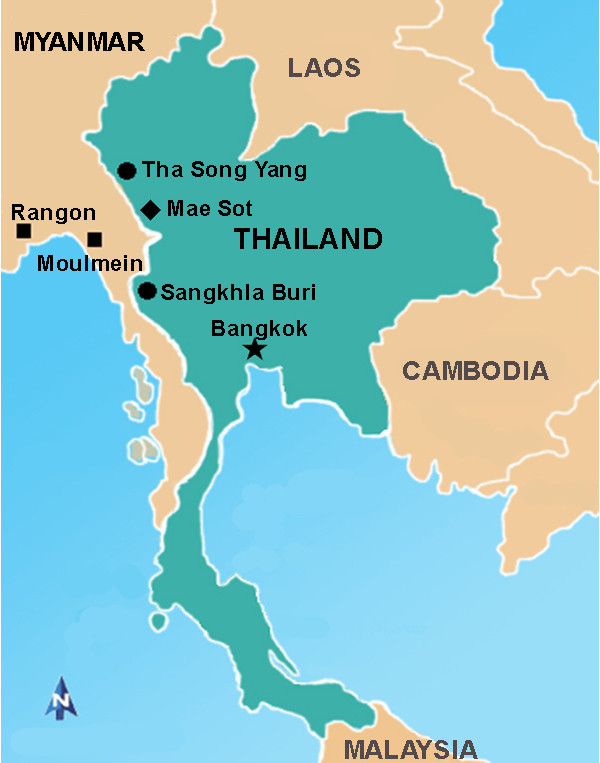
The border run relies on the Visa Exemption stamp, which applies to around 70% of passport holders around the world Please check the Visa Exempt Countries before you do a border run.
Myanmar/Burma
Caution advised for non-Burmese passport holders.
In the past, the most popular location for the border run was Myanmar:
- Ban Phu Nam Ron border for people in Bangkok (West Thailand, 5 hr train ride)
- Mae Sai border for people in Chiang Mai (North Thailand, 4.5 hr bus ride)
We do not recommend this method due to the ongoing civil war, and the uncertainties that it creates.
Keep in mind when people recommend a Myanmar border run they are usually going off of their experiences from before the civil war started.
Laos
The Laos border run is still possible today, and is the most popular place to make a run since Myanmar closed its land borders.
Starting from Chiang Mai: There are regular buses from Chiang Mai to Huay Xai, a Laotian town on the Thai-Laos border.
Starting from Bangkok: Take an overnight bus from Bangkok to Vientiane (the capital, and largest city in Laos). You can also take a train from Bangkok to Nong Kai, a Thai city on the Thailand/Laos border.
You will need:
- Passport
- Passport photo
- Application form (a good bus service should provide this)
- $40 (~1400 THB) to pay the Laotian visa fee. Bring more in case the office overcharges
Cambodia
Cambodia is the closest border run option if you live in Bangkok (Poipet border crossing).
If you’re going with this one, be careful of the high number of scammers targeting foreigners.
Malaysia
Malaysia is a viable option if you live in Southern Thailand.
What’s Changed
In the past, you could make infinite “border runs” by popping over the land border into neighboring Myanmar, Laos or Cambodia, and then getting a new 30-day Visa exemption on the way back. Many people lived in Thailand long term using this method.
Starting in 2012 however, the Thailand Ministry of Interior started to crack down on border runs.
They decided that if people who spending 6 months in a year in Thailand in exemption status, they were abusing the Visa Exemption.
So people limited their Visa Exemptions to 6 months and used other methods (such as Education Visa) to start in Thailand for the other 6 months.
In 2018, further restrictions were introduced: you can now only get the visa exemption stamp two times per calendar year. While we have heard reports of people getting more than that, this is risky because it is completely up to the immigration officer you get. So the border run method as a means of living in Thailand on a long-term basis is effectively dead.
Other Methods to Stay
An Education Visa is the least hassle-free method: it will allow you to stay 3-months up to a year. You can get an ED Visa by taking a course from an accredited Thai language school. You do not have to study Thai, schools will sometimes have other options that come with ED Visa, such as Japanese.
If you are working on a business in Thailand you can also consider a Business Visa.
